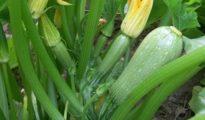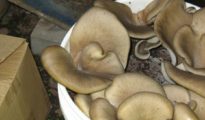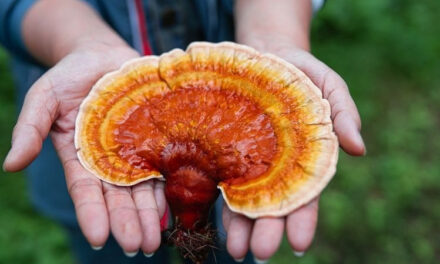Not to be confused with broccoli, broccolini is a milder and sweeter version with firm and crunchy stems. Learn how to grow broccolini with this easy to follow DIY gardening guide! But what exactly IS broccolini? Broccolini is a hybrid vegetable that was developed in the early 1990s. It is a cross between broccoli and Chinese kale, and it has a similar appearance to baby broccoli. Broccolini has long, thin stems and small, edible flowers.
The flavor of broccolini is sweetness with a slightly peppery bite. It can be eaten raw or cooked, and it is often used in stir-fries, pasta dishes, and soups. Broccolini is an excellent source of vitamins A and C, and it also contains several other minerals and antioxidants. In addition to being delicious, broccolini is also low in calories and fat-free. As a result, it is an ideal food for those who are looking to maintain a healthy weight.
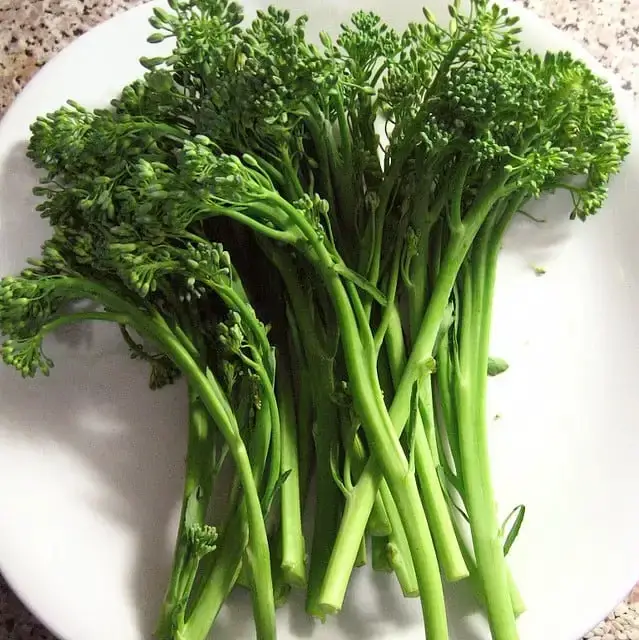
How is Broccolini Different Than Broccoli?
Both broccolini and broccoli belong to the cabbage family, but they are actually quite different. Broccoli is a large, leafy vegetable with a thick stem, while broccolini is a smaller, more delicate plant with thin stems and long, slender leaves. The two vegetables also have different flavors: broccoli is slightly bitter and pungent, while broccolini is sweetness with a hint of pepper. In terms of nutrition, broccoli is a good source of vitamins A and C, as well as fiber and calcium. Broccolini, on the other hand, is a bit lower in vitamins and minerals but higher in antioxidants. So if you're looking for a nutrient-packed veggie, broccoli is a great choice. But if you're looking for something a bit lighter in flavor, broccolini may be more up your alley.
How to Grow Broccolini in Your Garden
Broccolini plants are started from seed, and they should be planted in well-drained soil in a sunny location. Once the seeds have germinated, thin the seedlings so that they are spaced about six inches apart. Broccolini plants will need to be watered regularly, and they should be fertilized every two weeks with a balanced fertilizer. Harvest broccolini when the heads are brightly colored and the stems are tender. To avoid damaging the plants, cut the stems rather than pulling them. Enjoy your fresh broccolini raw, steamed, or grilled. With a little care and attention, you can enjoy this delicious vegetable all season long!
Broccolini Pests & Diseases
While it is generally easy to grow, there are a few pests and diseases that can cause problems for broccolini plants. Aphids, caterpillars, and slugs are some of the most common pests that attack broccolini plants. These pests can damage the leaves, causing them to turn yellow or brown. To control these pests, it is important to regularly check your plants for signs of infestation and take steps to remove the pests from your garden. Common diseases that affect broccolini include black spot and downy mildew. These diseases can cause the leaves to turn yellow or brown and can eventually kill the plant. To prevent these diseases from taking hold, it is important to water your plants at the base and to avoid getting water on the leaves. With proper care, you can enjoy a healthy crop of broccolini all season long.
The Health Benefits of Broccolini
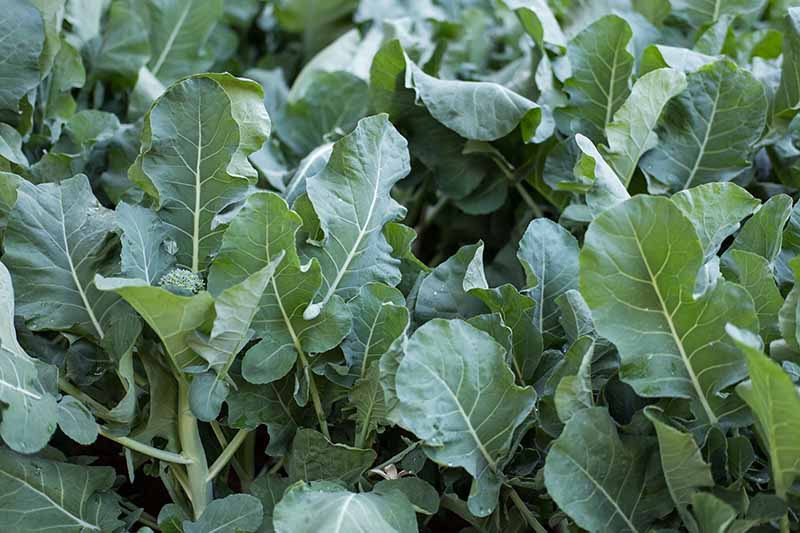
Broccolini is a nutrient-rich vegetable that offers numerous health benefits. For starters, it is an excellent source of vitamins A and C, which are important for maintaining immunity and skin health. Broccolini is also a good source of fiber, which helps to promote digestive health. Additionally, this vegetable contains phytochemicals that may protect against certain chronic diseases, such as cancer and heart disease. Furthermore, broccolini is low in calories and fat, making it a healthy addition to any diet.


